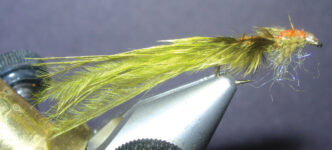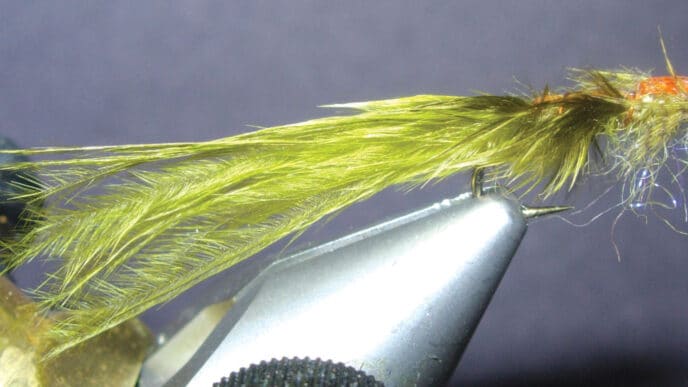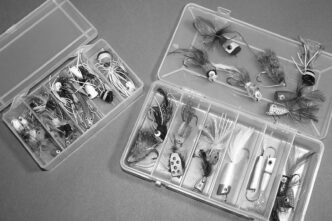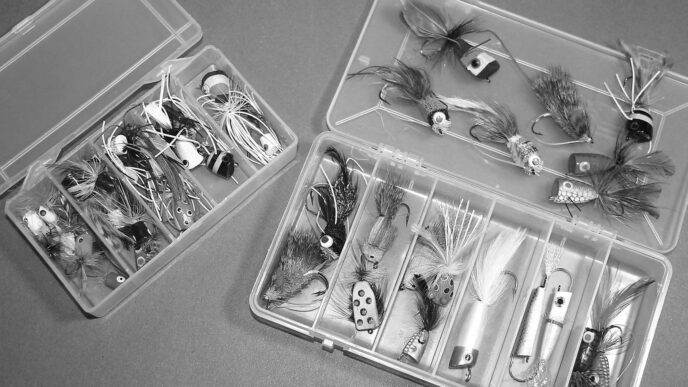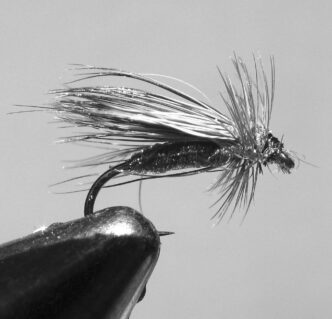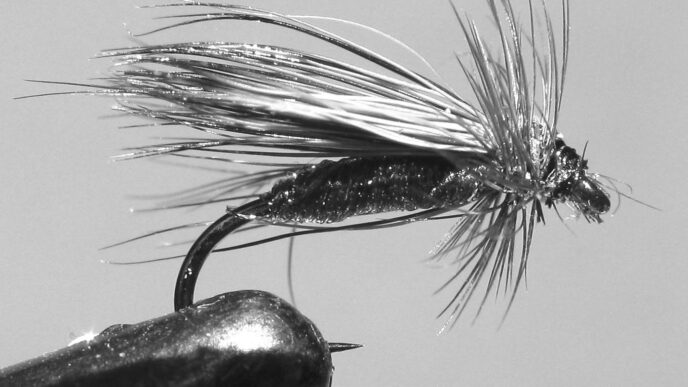After a lifetime of fishing, I finally sat down at my computer and scrolled through the California Fish and Game Code, as well as Title 14 of the California Code of Regulations. What I learned was appalling. I wasn’t as appalled by the fact that I have unknowingly been a chronic and habitual offender of fishing and hunting laws as much as I was appalled by the fact that a bag of fortune cookies might make as much sense.
It is hard to believe that someone actually took the time to write some of these rules, and it is even harder to believe that Tina Fey didn’t hire that someone as a joke writer.
It appears that a consortium of high school dropouts invented a language called “English,” then made it the law of the land, at least in California. From Section 7 and 8 of the Fish and Game Code: “Whenever any statement or report is required to be made, it shall be made in the English language. The present tense includes the past and future tenses, and the future, the present. The masculine gender includes the feminine and the neuter. The singular number includes the plural, and the plural, the singular.”
According to California English, a citation stating “Jim will have one snag fishes in her possession last week” is grammatically correct. No wonder California has one of the lowest educational rankings in the nation. It isn’t that our test answers are necessarily wrong, it’s just that no one understands what we’re saying.
The legal definition of an artificial fly is: “Any fly constructed by the method known as fly tying.” Unfortunately, nowhere to be found is a definition of “the method known as fly tying.”
A special permit is required to catch or transport a living rock. Next time you hook a rock, break it off. (Actually this law is intended to keep people from transporting invertebrates and algae attached to the “living” rock, so it is more logical than it might sound at first blush).
If a fish is legally defined as a “wild fish, mollusk, crustacean, invertebrate or amphibian,” why is a fishing license required to catch a reptile?
Have you ever wondered what kind of animal a burro is? Someone at Fish and Game did, and he decided it isn’t a mammal. “Mammal means any wild or feral mammal or any part thereof, but not any wild, feral, or undomesticated burro.” My guess is the writer wasn’t from the science branch of the department.
On Monday, May 24, 2010, the California Department of Fish and Game released three million salmon smolts into the mouth of the American River. On Thursday, with Fish and Game approval, Delta pumping ramped from 1,800 cubic feet per second to nearly 6,000 cfs. I can only wonder how much those salmon cost. With friends like the Resources Agency, our resources don’t need enemies. Don’t blame the field-level biologists and wardens. It’s the code writers and political puppeteers who need to be handed their asses (not be confused with burros).
The reason I was moved to read the codes in the first place was to figure out if pegging beads or using the so-called Moffitt System are considered legal methods by which to catch trout in California. With both fishing methods, the “fly” (see the definition above) is secured to the leader some distance from a bare hook, so that when a fish takes the fly, the angler jerks back and impales the fish in the body or face with the hook. My answer was found in two of the more lucid and understandable clauses in the entire code book.
CCR, T14, Chapter 2, Article 2.00
(b) Snagging is prohibited. Snagging is defined as impaling or attempting to impale a fish in any part of its body other than the mouth by use of a hook, hooks, gaff, or other mechanical implement.
And in Code Section 48: “snag hooks are used to take fish in such a manner that the fish does not take the hook voluntarily in its mouth.” Clearly, the use of pegged beads and the Moffitt System are defined as snagging and thus prohibited.
There is a reason why methods such as chumming, jacklighting, and snagging are illegal. Hunting and fishing (fly fishing, in particular) are sporting endeavors. They are measured by an ethic and skill set. It is said you can’t legislate morality, but fish-and-game codes, regardless how poorly written, are largely that. Some people defend the use of pegged beads by alleging the technique is less harmful to fish than using fair-catch methods. But that isn’t the issue. If it were, we’d all be using dip nets. Now that I have preached from the holier-than-thou platform, it is time to step down and admit I’ve been a practitioner of foul fishing methods for much of my life. “It is unlawful to use any weight attached below a hook.” This law is sensible because the anchoring weight is key to snagging. I’m all for it. However, I failed to paint myself into the picture. Clearly, a weighted Copper John hanging below a Stimulator is a technical violation of the Fish and Game Code. For the same reason, Czech nymphing is a high crime. And no more split shot hanging off the tag end of a Muddler Minnow. It won’t happen again.
While many codes seem like artifacts of the Dark Ages, some are truly inspired. “It is unlawful to take or assist in the taking of any fish by computer-assisted remote fishing.” And “For the purposes of this section, ‘computer-assisted remote fishing site’ means any computer, internet site, or web-based device or system, or other electronically operated site or system used to assist in the remote taking of fish.” What the heck is this, fishing by computer? I want some! Alas, I called Sacramento for some elucidation, but not a soul could give me an understandable answer. Maybe I should have asked for an explanation in regular English.








